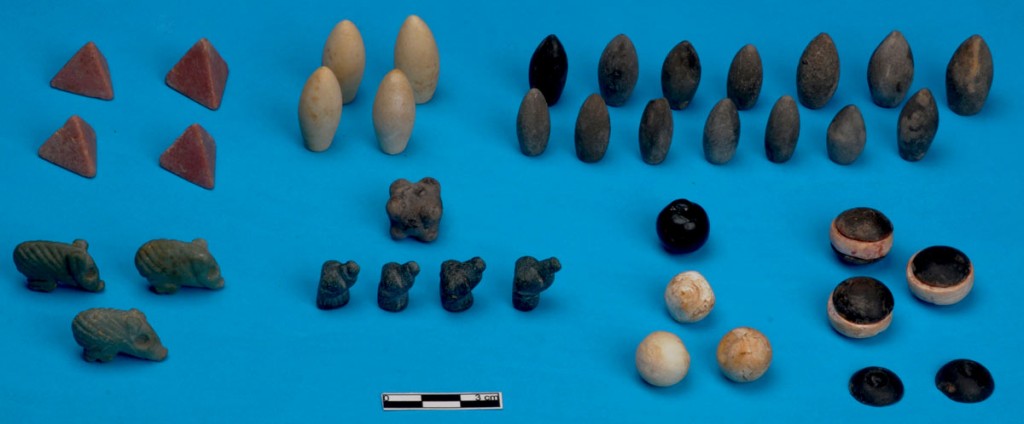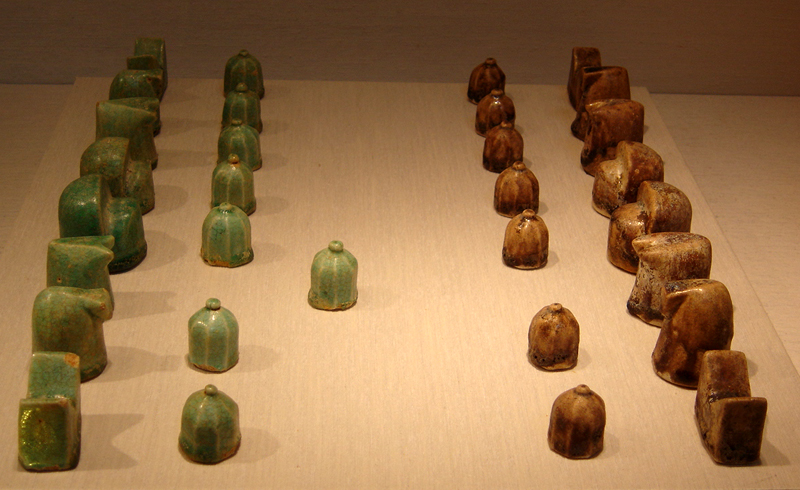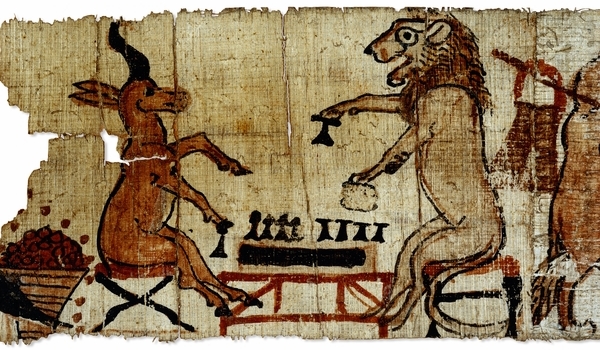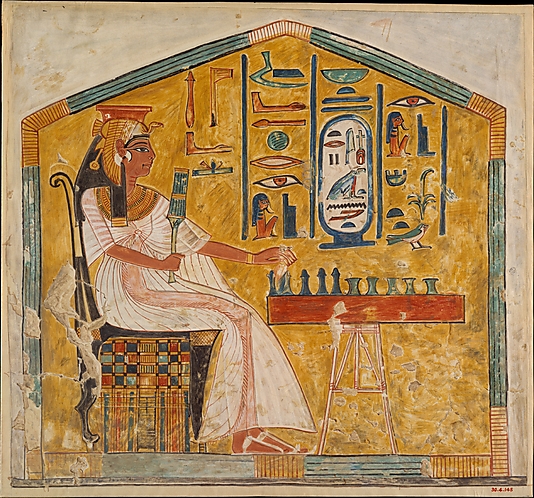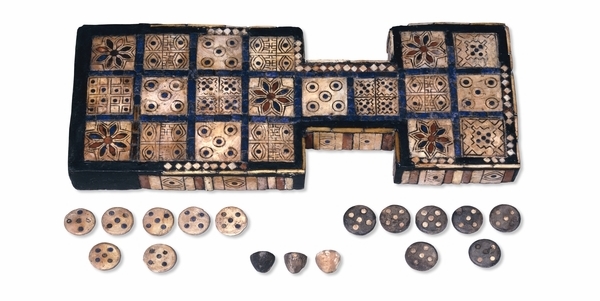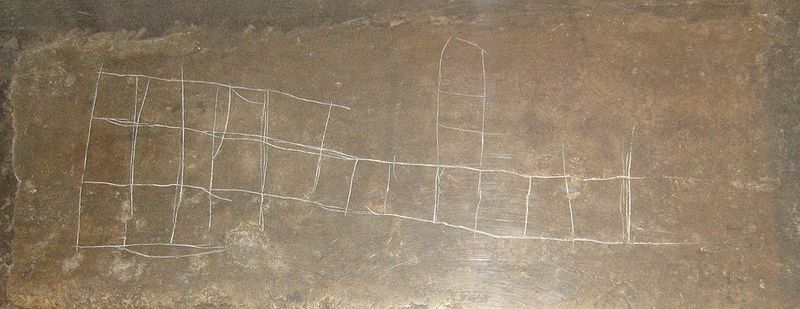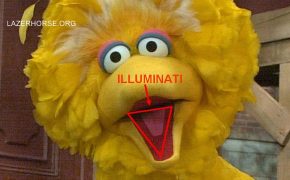The Oldest Board Games In The World
Recently, in Izmir, Turkey a group excavating a 5,000 year old burial at the site of Başur Höyük made some exciting discoveries.
They unearthed 49 sculpted pieces that are presumed to be part of a game (pictured above). They are shaped into pigs, dogs, bullets and pyramids, one of the archaeologists involved – Haluk Sağlamtimur, from Ege University – reckons they are part of a complex board game.
Sağlamtimur thinks they may have been a progenitor for modern chess. This would be a significant find as the earliest mention of a chess-like game dates to just 1,500 years ago.
Ulrich Schädler, Director of the Swiss Museum of Games is quick to rebuff the idea. He rightfully points out that there is no evidence that the pieces are from just one game, even though they were found clumped together, they could have been from multiple, more simple games.
Chess is believed to have first originated in Eastern India, it’s early form was known as chaturaṅga which means “four divisions of the military”- infantry, cavalry, elephants, and chariots which were represented by the pieces that would eventually evolve into the modern pawn, knight, bishop, and rook.
The game spread from India to Persia, and after the Islamic conquering of the Persian empire, it was adopted by them and spread even further afield with it’s name changed to shatranj. The Islamic world continued to disseminate chess throughout Europe and importantly, to Russia.
Here’s a 12th Century shatranj set up:
The pieces recently found in Turkey, however, are much older and fall into the Bronze Age period. A couple of other more simple board games from that period have in fact been unearthed, here’s what they were like:
Senet or “Passing”
Senet is thought to have began around 1550-1069 BC and a modern game which has similarities is still played today in Egypt.
Senet is played on a grid of three rows of ten squares scraped into dust or stone. Each player has seven pieces and takes it in turns to throw sticks or knuckle bones to move their pieces. The object is to move all of your pieces round the board and prevent your opponent doing the same. A bit like Ludo, but less garish.
If you fancy a go, the rules are HERE and you can play on line HERE.
Paintings showing the game of senet have been found on the funeral tombs of the rich, and also on a satirical papyrus which shows a lion and an antelope playing peacefully together:
Below is a copy of a painting on the wall of Queen Nefertari‘s tomb depicting her enjoying senet in the afterlife:
The Royal Game Of Ur
The game of ur was popular in southern Iraq from around 2600-2400BC. It involves a board made of 20 squares encased in shell. It’s a simple race between you and your opponent to get from one side to the other using sticks or tetrahedral dice.
If you would like to play yourself, you can have a try HERE.
The boards looked something like the one below. This actual board was probably made 4,000+ years ago:
This was a poor man’s version scratched on a statue around 1,000 years ago:
MORE ARCHAEOLOGY:
GATEWAY TO HELL FOUND IN TURKEY
DERINKUYU: ANCIENT UNDERGROUND CITY
DID THE AMAZON BASIN HOUSE AN ANCIENT CIVILIZATION?

